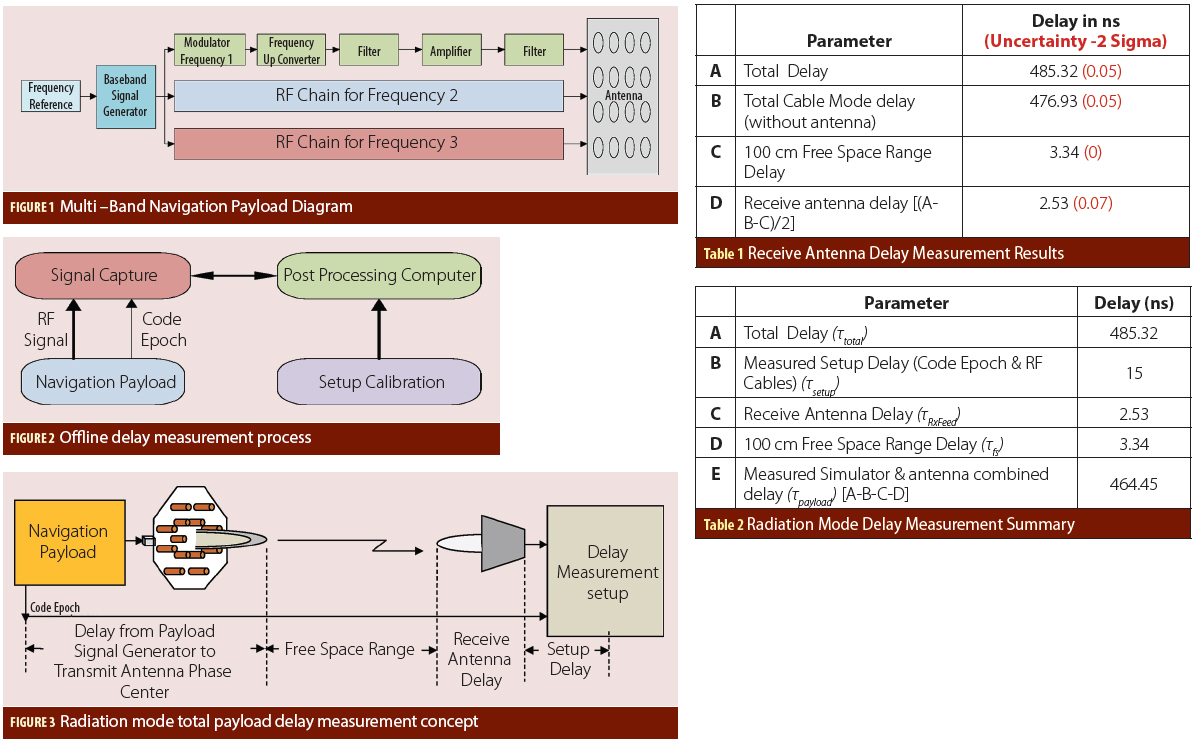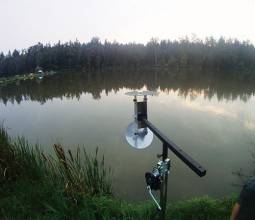Q: What is the difference between SNR and C/N0?
A: GPS receivers built for various applications, such as handhelds, automobiles, mobile phones, and avionics, all have a method for indicating the signal strength of the different satellites they are tracking. Some receivers display the signal strength in the form of vertical bars, some in terms of normalized signal strength, and others in terms of carrier-to-noise density (C/N0) or signal-to-noise ratio (SNR).
The latter two terms are regularly used so interchangeably that their fundamental differences are often overlooked. A full understanding of the differences between SNR and C/N0 is useful both for users of GPS receivers and for GPS receiver designers and testers.
SNR and C/N0
SNR is usually expressed in terms of decibels. It refers to the ratio of the signal power and noise power in a given bandwidth.
SNR(dB) = S – N
S is the signal power, usually the carrier power expressed in units of decibel/milliwatt (dBm) or decibel/watts (dBW);
N is the noise power in a given bandwidth in units of dBm or dBW.
C/N0, on the other hand, is usually expressed in decibel-Hertz (dB-Hz) and refers to the ratio of the carrier power and the noise power per unit bandwidth.
For the GPS L1 C/A signal, one can consider the received signal power as the power of the original unmodulated carrier power (at the point of reception in a receiver) that has been spread by the spreading (ranging) codes when transmitted from a satellite. We can express C/N0 as follows:
C/N0 (dB-Hz) = C – (N – BW) = C – N0 = SNR + BW
where:
C is the carrier power in dBm or dBW;
N is the noise power in dBm or dBW;
N0 is the noise power density in dBm-Hz or dBW-Hz;
BW is the bandwidth of observation, which is usually the noise equivalent bandwidth of the last filter stage in a receiver’s RF front-end.
Typical values in an L1 C/A code receiver are as follows:
C/N0: ~ 37 to 45dB-Hz
Receiver front-end bandwidth: ~ 4MHz => BW = 10*log (4,000,000) = 66dB
SNR = C/N0 – BW => SNR ~ (37 – 66) to (45 – 66) => SNR ~ -29dB to -21dB
In order to determine C/N0, then, one clearly needs to determine the carrier power and noise density at the input to the receiver.
Noise and Signal Power
The sources of white noise in a GNSS receiver are usually described by the antenna noise temperature and the receiver noise temperature. The antenna temperature models the noise entering the antenna from the sky whereas the receiver noise temperature models the thermal noise due to the motion of charges within a device such as the GPS receiver front-end. These noise sources specify the noise density.
. . .
Signal and Noise Paths from Antenna to Receiver
. . . When considering signal and noise paths through the front-end, one needs to consider the noise figure of the various components in the front-end. The noise figure is given as
NF = SNRin / SNRout
and provides an estimate of the amount of noise added by an active component, such as a low-noise amplifier (LNA), or even a passive component, such as a filter or the cable.
. . .
Taking into consideration the noise environment and the receiver front-end components, the C/N0 of a particular tracked satellite will scale relative to the signal power. The signal power of the various satellites being tracked by the receiver will vary in relation to the satellite elevation angle due to differences in path loss and the satellite and receiver antennas’ gain patterns. So, for example, if the signal power varies ±4dB of the nominal signal power of -158.5dBW, the corresponding C/N0 will vary from 38.5dB-Hz to 46.5dB-Hz.
Interpretation and Significance of C/N0
From our discussions thus far, the C/N0 output by a receiver clearly provides an indication of the signal power of the tracked satellite and the noise density as seen by the receiver’s front-end.
Two different GPS receivers connected to the same antenna and tracking the same GPS satellite at the same time may output different C/N0 values. If one assumes that the C/N0 values are computed accurately by both the receivers, the differences in the C/N0 values can be attributed to differences in the noise figure of the two front-ends and/or the receivers’ respective band-limiting and quantization schemes.
. . .
Receiver Acquisition, Processing Blocks, and SNR
The signal-to-noise ratio is most useful when considered within the baseband processing blocks of a GNSS receiver. In dealing with SNR, the bandwidth of interest needs to be specified. Typically the noise equivalent bandwidth is used, which is defined as the bandwidth of an ideal (i.e., brick-wall) filter whose bandwidth when multiplied by the white noise density of N0/2 will result in the total noise power at the output of the original filter.
. . .
The improvement in SNR as the result of a longer integration occurs because of the reduction in the noise equivalent bandwidth. Note that the performance of the PLL and FLL in the presence of thermal noise is further affected by the bandwidths of the respective loops themselves. The integration time in this case establishes the input SNR and the loop update time for the respective loops.
Interpretation and Significance of SNR
As we have seen, the SNR in a GPS receiver depends on the receiver’s front-end bandwidth, acquisition, and tracking parameters. Referencing just the SNR value in a GPS receiver does not usually make sense unless one also specifies the bandwidth and processing stage within the receiver.
The SNR is very useful when evaluating the performance of the acquisition and tracking stages in a receiver. For example, when performing Monte Carlo simulations, the SNR needs to be determined at the various stages of the signal processing chain to properly simulate the receiver. In simulations the required C/N0 needs to be first converted to an SNR from which the appropriate noise variance can be readily determined.
Furthermore, the SNR is an indication of the level of noise present in the measurement, whereas C/N0 alone does not provide this information.
In conclusion, we can see that both the C/N0 and SNR are useful quantities that can be used when designing, evaluating or verifying the performance of a GPS receiver. However the use of one quantity over the other very much depends upon the context and the purpose for which the signal quality measurement is being made or is to be used for and this should be carefully considered when choosing between the two.
(For Angelo Joseph’s complete answer to this question, including formulas and tables, please download the full article using the pdf link above.)
Additional Resources
For information on how C/N0 is computed within a GNSS receiver, refer to the GNSS Solutions columns by B. Badke (InsideGNSS, September/October 2009) and E. Falletti et alia (January/February 2010).




